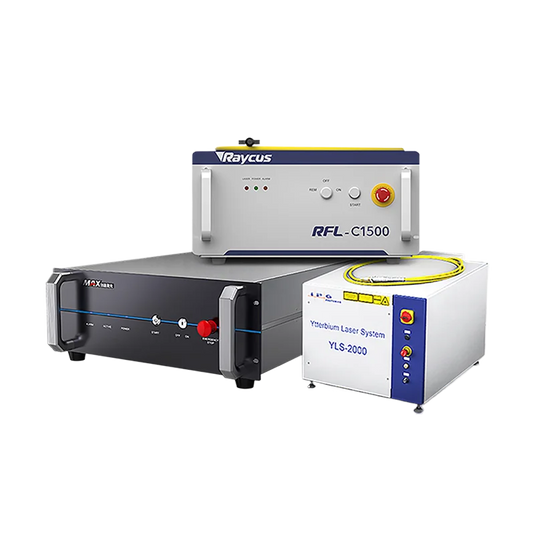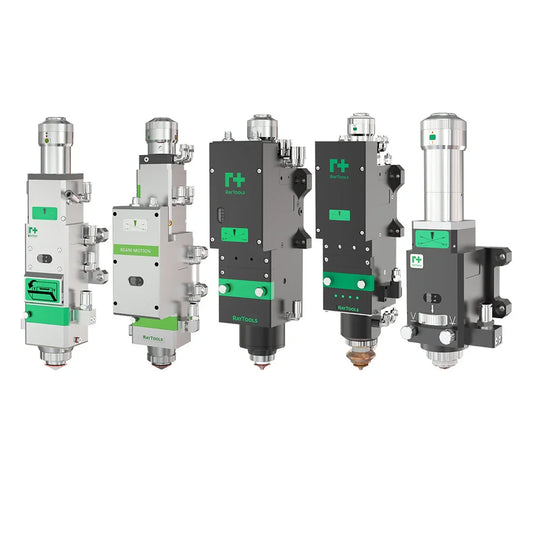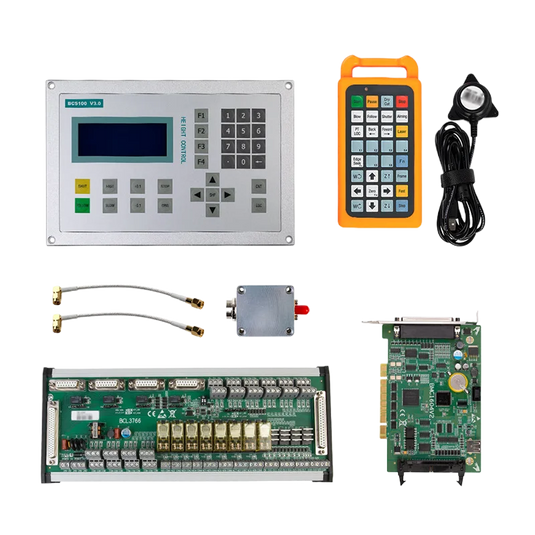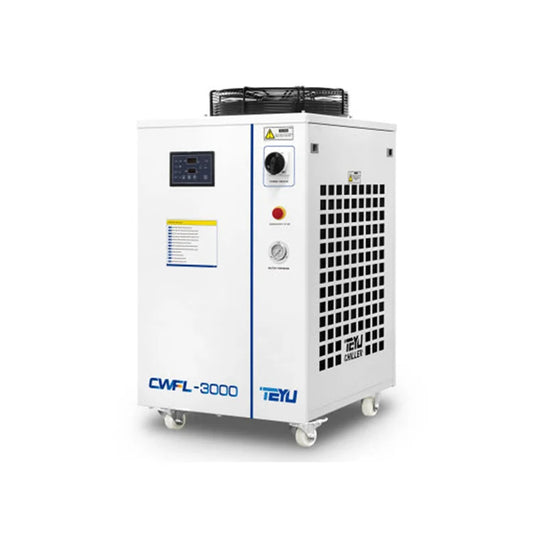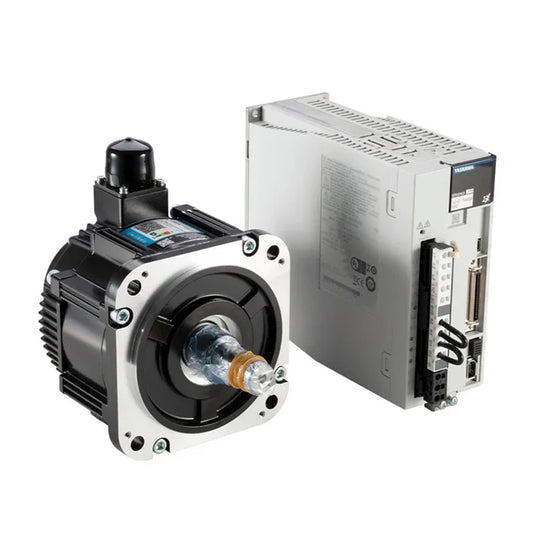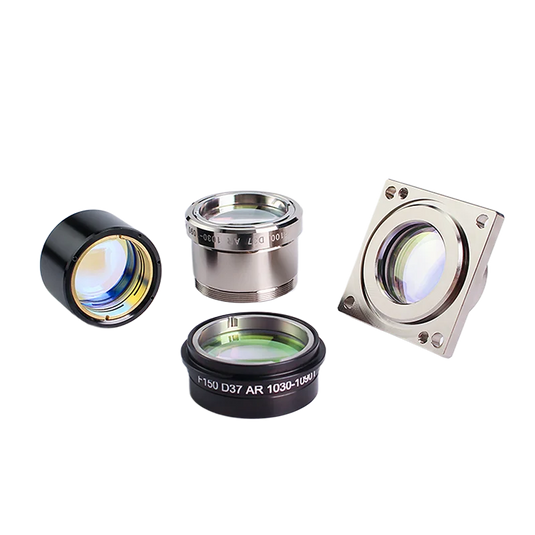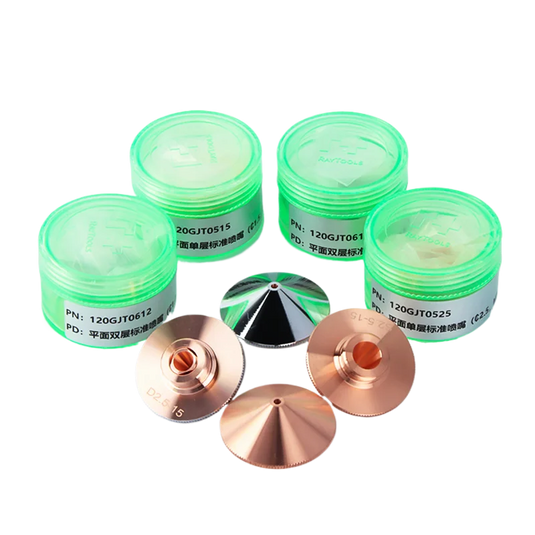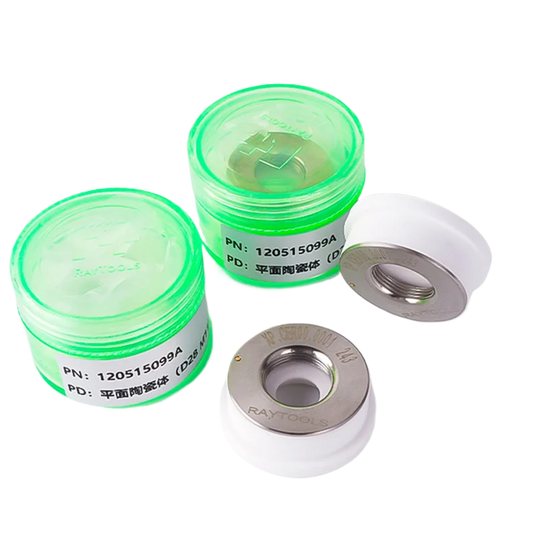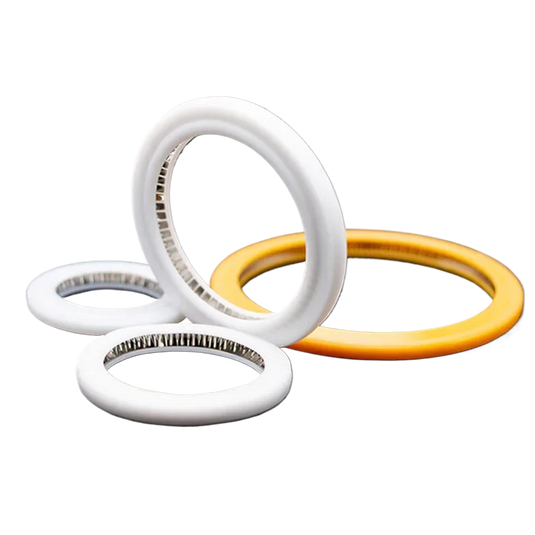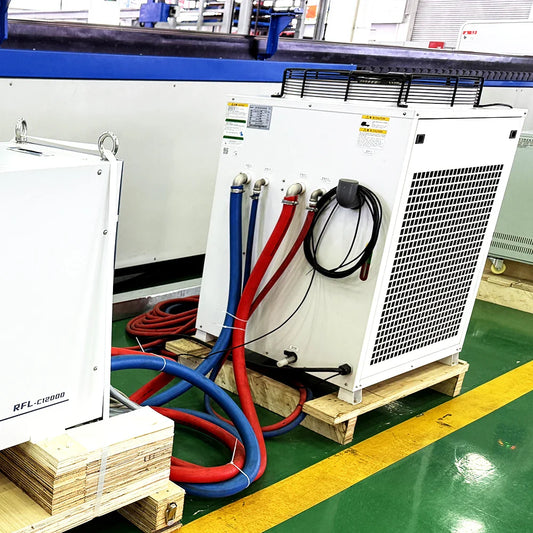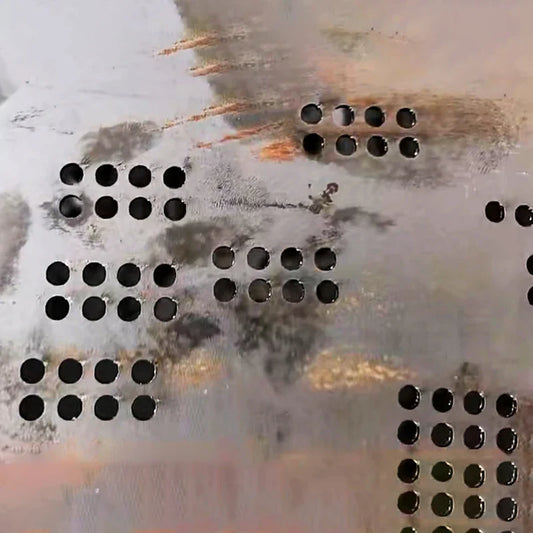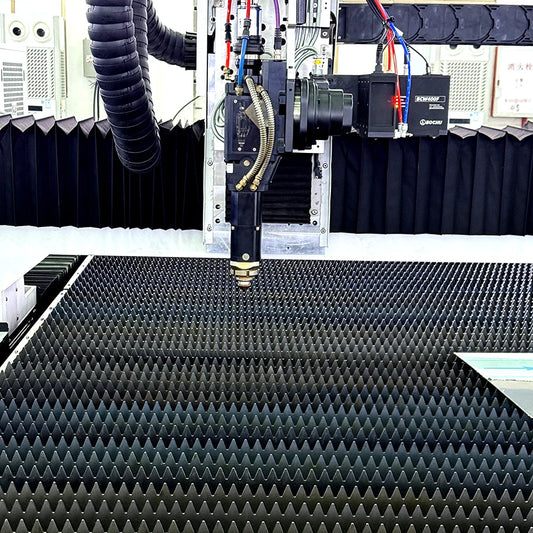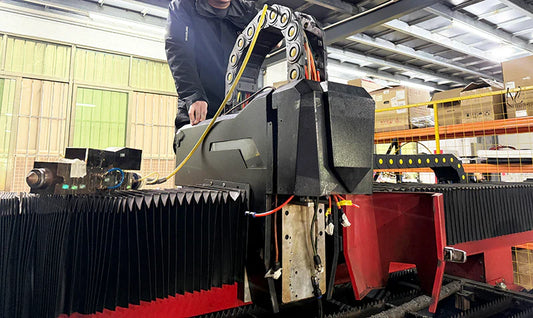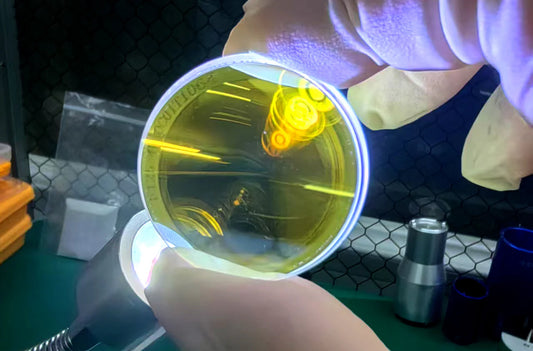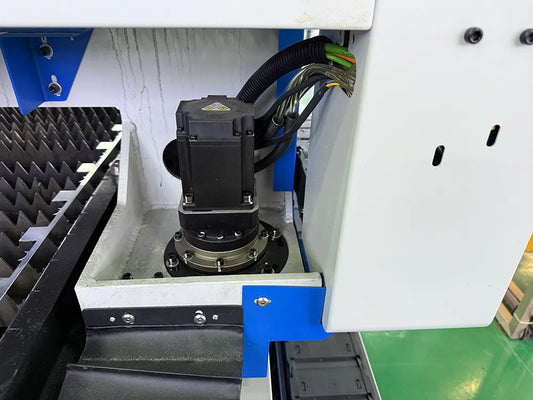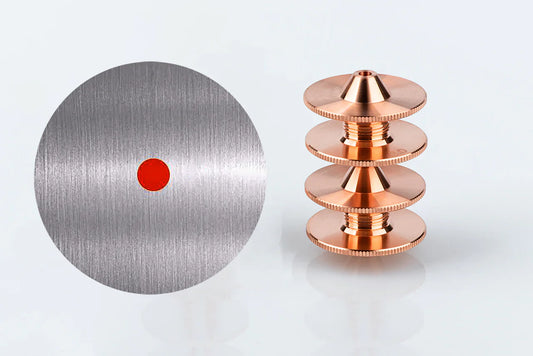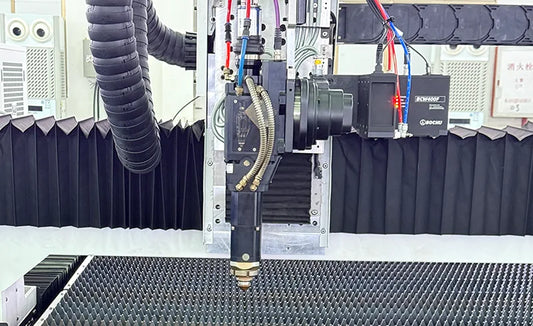Laser Cleaning vs. Chemical Rust Removal: Which is Safer for Industrial Use?
Overview
In today's world, when sustainability and safety are more than just buzzwords, companies face a critical decision: laser cleaning or chemical rust removal. Both have distinct advantages, but one appears to be winning—particularly in the long run. We are witnessing a seismic shift in the industrial environment, one in which cutting-edge technology meets social duty. So, let's dive into the details of this discussion and look at what makes laser cleaning such a game-changer, not just for business but also for the environment.
The Environmental Imperative: Beyond Hazardous Waste
Chemical Rust Removal's Environmental Impact
Let's be honest: chemical rust removal has been around for years, but at what cost? The environmental effect is astounding. It is more than simply a few spills. The EPA estimates that metal treatment operations generate 15-20% of industrial hazardous waste in the United States. Consider acid baths, solvent-based rust removers, and the list goes on. And these aren't your typical home chemicals; hazardous compounds like hydrochloric acid and dichloromethane penetrate into ecosystems, poison groundwater, and devastate land.
Laser Cleaning: A Sustainable Alternative
This is where laser cleaning turns the tables. Laser technology generates zero waste. There is no toxic residue left behind. According to a 2024 research conducted by the International Atomic Energy Agency (IAEA), laser devices used in nuclear decontamination eliminated radioactive waste by 99.8%. This idea is applicable to all sectors, not only nuclear waste. Lasers provide a clear path for companies aiming to satisfy their ESG (Environmental, Social, and Governance) standards.
Subjective Opinion: On the surface, chemical rust treatment appears to be a low-cost option, but its environmental impact is a ticking time bomb. Companies that use these strategies may eventually risk reputational harm and regulatory sanctions. The transition to lasers isn't simply unavoidable; it's critical for forward-thinking businesses.

Worker Safety: A Human-Centered Perspective
Risks of Chemical Methods
We've all heard the stories about workers who were exposed to harmful chemicals and developed burns, respiratory issues, or even long-term ailments such as COPD. OSHA records hundreds of occurrences annually in the United States alone. Beyond the statistics, the personal toll is clear. Workers in automobile facilities have experienced persistent skin irritation, concern about handling volatile solvents, and a constant dread of being exposed. This is more than just a safety problem; it is also moral.
Laser Cleaning: A Safer, Healthier Option
Laser cleaning significantly eliminates these dangers. The advantage of lasers is that they are a non-contact method. Operators employ simple PPE (just safety goggles and gloves), and the risk of exposure to hazardous substances is almost eliminated. In fact, institutions that have transitioned to laser systems have shown a significant drop in safety accidents. In the United Kingdom, a company's safety record increased by 60% after implementing lasers.
Subjective Opinion: Safety is more than just compliance. It is a moral duty to defend the workers who keep these businesses running. Continuing to use harmful substances when there is a safer alternative is becoming untenable.

The Cost Paradox: Short-term Savings vs. Long-term Viability
The Hidden Costs of Chemical Rust Removal
It's tempting to go with the cheapest choice first. Chemical rust cleaning costs between $20 and $50 per gallon. But here's where things get tricky. Hidden expenditures soon accumulate. Hazardous waste disposal rates can range between $100 and $500 per ton. Let's not overlook the continuous expenditures of ventilation, personal protective equipment, and maintenance.
Laser Cleaning: A Long-Term Investment
Laser systems are obviously more expensive at first, costing between $30,000 and $150,000. But here's the deal: they provide a speedy return on investment. Lasers may pay for themselves in as little as 2-3 years due to their low maintenance requirements and long lifespans (up to 100,000 hours). According to studies, laser systems dramatically reduce operational expenses, making them a more profitable long-term investment.
Subjective Take: The cost discussion is very similar to the renewable energy movement. Solar panels were first expensive, but as costs decreased and efficiency increased, they became an obvious choice. The same thing is happening with laser technology. Hesitating today risks obsolescence in the near future.

Non-chemical Methods Have Become the New Standard for Precision and Versatility
Lack of Precision
One of the main disadvantages of chemical rust treatment is its lack of accuracy. Chemicals can etch into base metals, producing residues that might degrade the quality of the finished product. This is especially troublesome in areas that need high accuracy, such as aircraft, medical equipment, and semiconductors.
Laser Cleaning with Micron-Level Accuracy
Lasers, on the other hand, provide extremely accurate results. With the capacity to work at nano scales, laser systems can remove rust from complicated geometries, curved surfaces, and even sensitive components without causing harm.
Subjective Opinion: Precision is no longer a luxury. It is a must. Chemical approaches are simply not an option in businesses that demand quality, such as aerospace and automotive. Laser cleaning provides a competitive advantage that cannot be overlooked.

Regulatory Momentum: Adoption of Chemical Methods vs. Stringent Regulations
As restrictions tighten around dangerous substances, businesses that rely on these methods find themselves in a bind. The EU's REACH framework prohibits over 1,500 dangerous compounds, but California's Proposition 65 requires cancer-risk labeling for chemicals such as trichloroethylene. Chemical rust removal may soon become not only impossible but also unlawful, as a result of these rules.
Laser Cleaning: Ahead of the Curve
Laser cleaning, on the other hand, complies with worldwide rules aimed at lowering hazardous waste and carbon footprints. Laser technology has become the industry standard for nuclear decommissioning. A 2023 study in Germany showed that laser systems might eliminate secondary radioactive waste by more than 99%. This is well aligned with global initiatives such as the Paris Agreement, and firms cannot afford to ignore it.
Subjective Opinion: Regulatory forces will soon render chemical approaches obsolete. Companies that engage in laser cleaning now are setting themselves up for long-term profitability and compliance.
Ethical and Strategic Considerations
Cultural Shift: Sustainability as a Core Value
Laser cleaning is more than simply lowering costs and increasing efficiency; it is also about meeting the growing need for sustainability. According to a 2024 poll, 73% of Gen Z employees value firms with good environmental standards. This transformation is altering the talent pool and redefining business strategy. Companies that use laser technology may brand themselves as "green manufacturers," attracting both customers and potential staff.
Overcoming Barriers: Training and Misconceptions
However, the switch to laser cleaning is not without its hurdles. Workers used to chemical processes must be upskilled, and there are still misunderstandings about the expense of laser systems. However, these obstacles are surmountable. Industry leaders must champion this change as part of a larger commitment to corporate responsibility.
Subjective Perspective: The adoption of laser cleaning is as much about cultural progress as it is about technology. It indicates that a corporation is dedicated to not simply improving procedures but also making the world a better place.
Conclusion: The Future is Ablative
Laser cleaning is more than simply an alternative to conventional rust removal; it represents the future of industrial operations. With its emphasis on sustainability, safety, precision, and long-term cost advantages, laser technology is establishing itself as an industry standard. As chemical processes become more obsolete, companies that invest in laser systems today will be the leaders of tomorrow, future-proofing their operations and aligning with a cleaner, greener society.

FAQs
Is laser cleaning safe for employees?
Yes, laser cleaning decreases exposure to hazardous chemicals, making it considerably safer for workers. PPE is minimal, and the danger of burns or respiratory difficulties is substantially reduced than with chemical procedures.
Why is laser cleaning a more sustainable option than chemical rust removal?
Laser cleaning generates no waste and removes the need for hazardous chemical disposal, making it far more environmentally friendly than traditional chemical techniques.
Which businesses may profit from laser cleaning?
Aerospace, automotive, nuclear decommissioning, and cultural heritage restoration are among industries that can benefit from laser cleaning's accuracy and environmental benefits.
Is laser cleaning cost-effective in the long term?
While the initial cost of laser systems is greater, the long-term benefits in maintenance, operating efficiency, and regulatory compliance make laser cleaning an excellent investment.
Will rules encourage more sectors to employ laser cleaning?
Yes, as environmental restrictions tighten, firms will be forced to implement cleaner technology such as laser cleaning in order to remain compliant and competitive.

